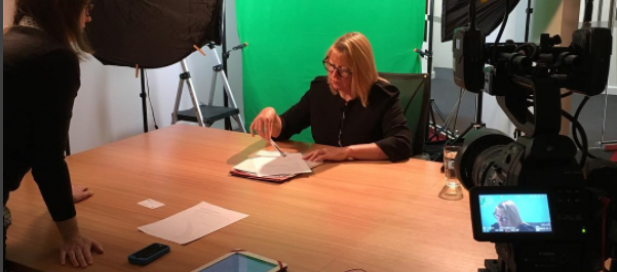
Last month, I participated in the Data Democracy Project, devised by the Centre for eResearch and Digital Innovation (CeRDI) at Federation University Australia. I was interviewed by Lucinda Horrocks where I discussed my vision for making sense of the avalanche of environmental data that is available to use in this era of the Internet of Things. We know that the advent of big data, analytics and the Internet of Things are game changers for how we work. They enable government to open and share our platforms and for remote sensors and monitors to provide data from anyone, anywhere, anytime.
I believe that government must be a player, participant and exploiter of the opportunities presented by the Internet of Things. Our role is to make sense of the information and make it accessible to diverse audiences.
Since my appointment as Commissioner for Environmental Sustainability in 2014, I have been advocating for more dynamic online platforms a more dynamic online platform for delivery of environmental information and data to the community. How we use data is fundamental to Victoria’s environmental strategy going forwards.
I trained as a scientist and all of our reporting is based on science. So data is at the core of everything we do in terms of information. The work of my office and my team is to report and synthesise intelligence, if you like, on what's happening with the environment.
My digital vision is two-fold. One is that anyone can jump onto an app, dial up their postcode, and see what's happening in the water and the air in their area in real time, such as we do now with the weather. The other is that anyone can jump onto a website, click onto a geographical area and get detailed data on the state of the environment in that area, you know? Water quality, air quality, bird life, you name it.
Technology allows citizens to participate in the creation and collection of citizen science. [Gartner predicts that citizen data scientists will surpass data scientists in the amount of advance analysis produced by 2019].
In this digital age, government can support and protect communities and the liveability of our environments by exploiting disruptive technologies and this data rich environment for the public good.
I look forward to sharing a link to Lucinda’s documentary when it is released.
You can view the State & Benefit Framework for the Victorian 2018 State of the Environment Report here. [LINK TO BE UPDATED]
